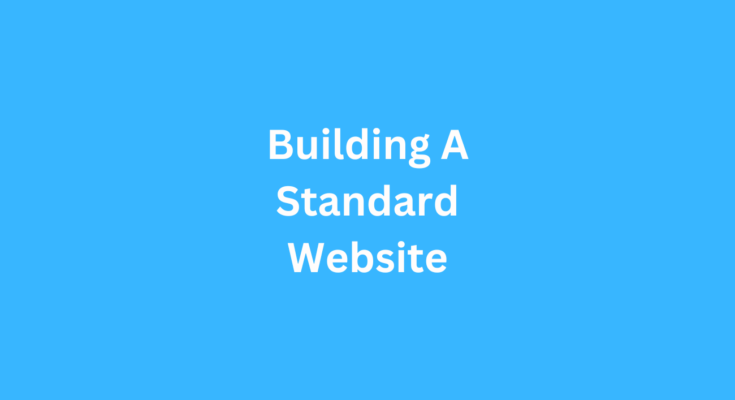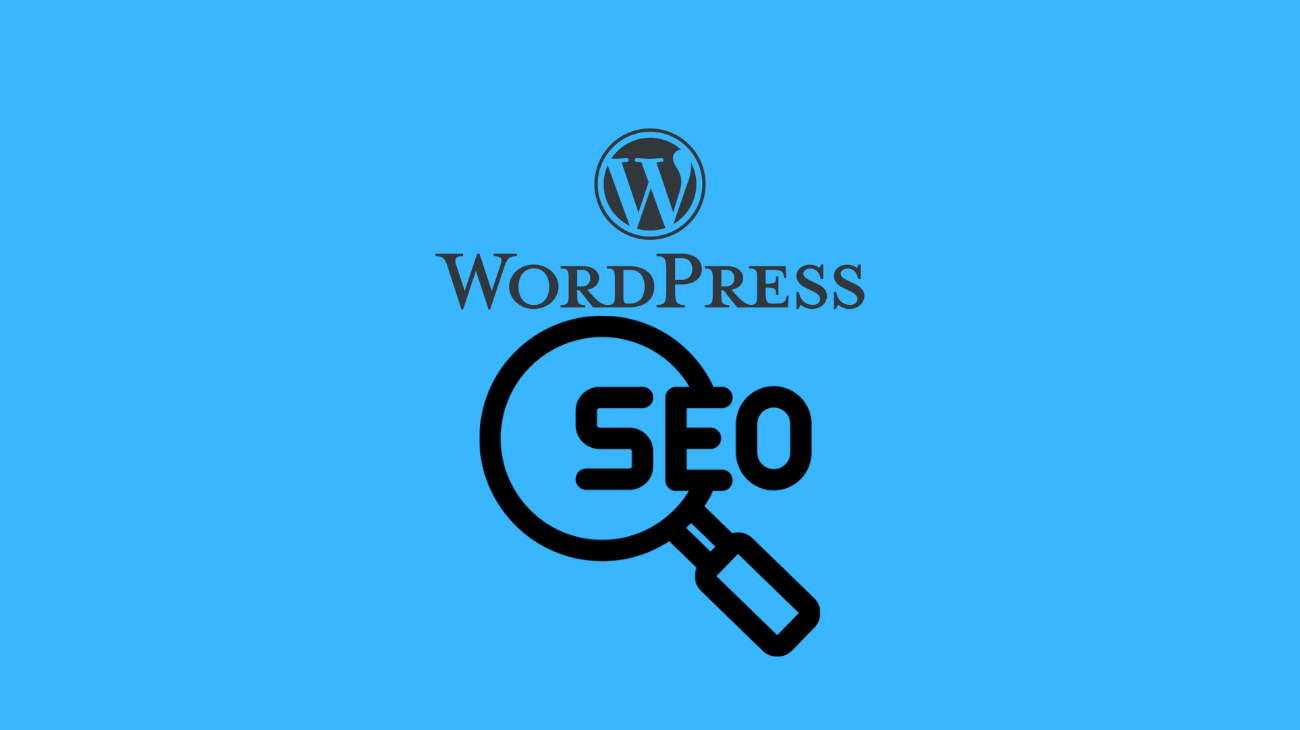In today’s digital age, having an online presence is essential for individuals and businesses alike. Creating a standard website doesn’t have to be a daunting task. With the right guidance and tools, you can build a functional and attractive website that serves your needs. In this step-by-step guide, we’ll walk you through the process of creating a standard website from scratch.

ALSO READ: Unleash the Power of Dedicated Servers: A Comprehensive Guide
Step 1: Define Your Purpose and Goals
Before diving into website creation, it’s crucial to define the purpose of your website and set clear goals. Ask yourself:
- What is the primary purpose of my website? (e.g., portfolio, blog, e-commerce, information sharing)
- Who is my target audience?
- What specific content do I want to include?
- What actions do I want visitors to take on my site? (e.g., contact, purchase, subscribe)
Having a clear vision will help you make informed decisions throughout the website-building process.
Step 2: Choose a Domain Name and Hosting Provider
Your domain name is your website’s address on the internet (e.g., www.yourwebsite.com). Select a domain name that is relevant to your content and easy to remember. Once you’ve chosen a domain name, you’ll need a hosting provider to store your website files and make them accessible online. Popular hosting providers include NameCheap, HostGator, and Hostinger.
Step 3: Select a Content Management System (CMS)
A CMS simplifies website creation and management. WordPress, Joomla, and Drupal are popular CMS options. WordPress, in particular, is beginner-friendly and versatile, making it an excellent choice for most standard websites.
Step 4: Design Your Website
Website design plays a crucial role in user experience. You can choose from thousands of pre-designed themes and templates or hire a web designer to create a custom look. Ensure your design is user-friendly, responsive (compatible with mobile devices), and visually appealing.
Step 5: Create and Organize Content
Start by creating essential pages such as the homepage, about page, contact page, and any other pages relevant to your website’s purpose. Organize your content logically, using clear headings and subheadings. Incorporate high-quality images, videos, and other media to enhance your content.
Step 6: Install Essential Plugins and Widgets
Plugins and widgets add functionality to your website. Depending on your goals, you may need plugins for SEO optimization, contact forms, social media integration, and more. Only install necessary plugins to avoid bloating your website and slowing it down.
Step 7: Optimize for SEO
Search engine optimization (SEO) is vital for ensuring your website ranks well in search engine results. Use relevant keywords, optimize your images, create descriptive meta titles and descriptions, and ensure your website loads quickly.
Step 8: Test Your Website
Before launching your site, thoroughly test it on different devices and browsers to ensure compatibility. Check for broken links, typos, and any design inconsistencies. Ask friends or colleagues to provide feedback.
Step 9: Launch Your Website
Once you’re confident that everything is working smoothly, it’s time to launch your website. Configure your domain name to point to your hosting provider, and make your website accessible to the public.
Step 10: Monitor and Maintain
Your work doesn’t end with the launch. Regularly update your content, monitor website traffic using tools like Google Analytics, and make improvements based on user feedback. Stay vigilant for security updates and back up your website regularly.
Conclusion
Building a standard website may seem like a daunting task, but by following these steps and staying committed to your goals, you can create a functional and appealing online presence. Remember that websites are dynamic, and ongoing maintenance is essential to keep your site relevant and effective. So, get started on your website-building journey and enjoy the benefits of having a standard website in today’s digital landscape.
Get Your Shared/VPS/Dedicated/Cloud Server Here (We do earn money from any links and banners on/in this article)





One Comment on “A Step-by-Step Guide to Building a Standard Website”